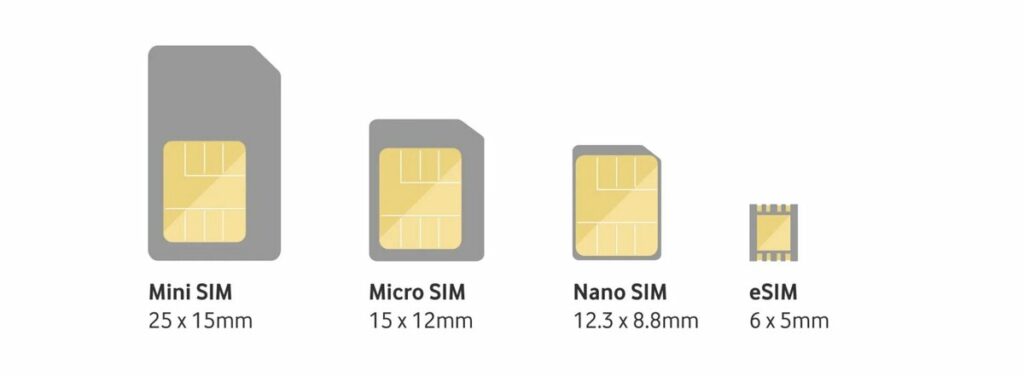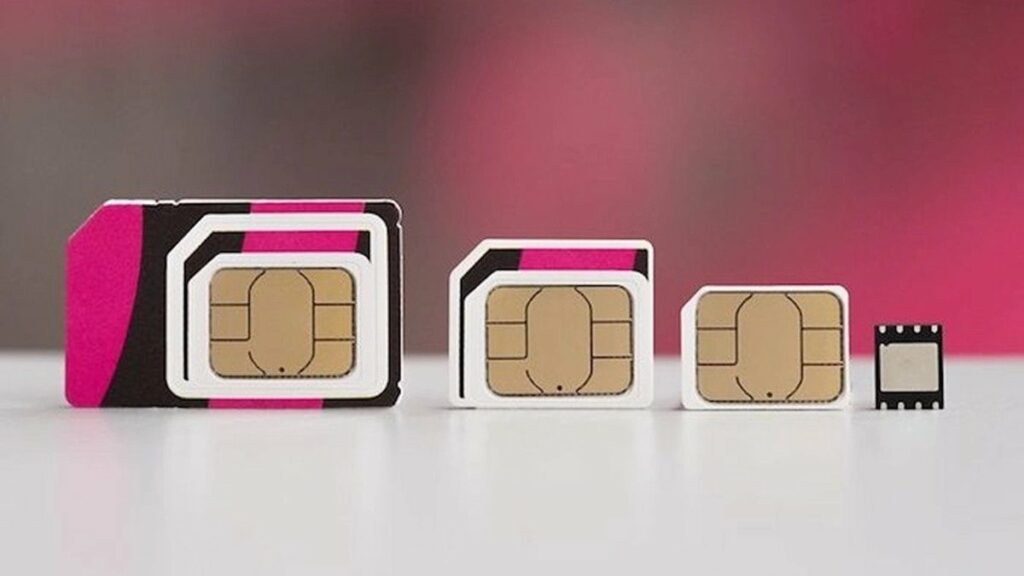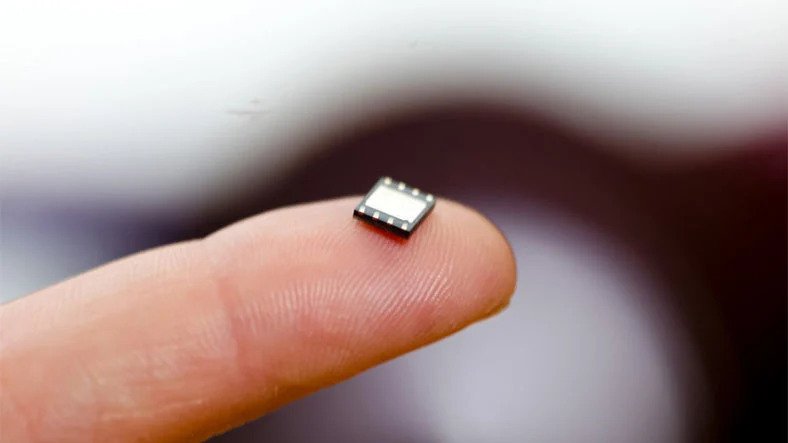Service providers and operators nowadays know their customers via SIM card. This semiconductor stack, which can be small and in various sizes and whose original name is ICC, is used in many areas including mobile phones, banking industry, smart home systems and even identities.
ICC (Integrated Circuit Card) is basically a microchip. The nominal equivalent of these tiny circuits made of plastic, polyvinyl chloride or polyethylene terephthalate in mobile operators is SIM (Subscriber Identity Module).
Until today, SIM cards were quite efficient and good technology. On the other hand, some security risks have begun to emerge due to the digitalization of everything and the factors that were not taken into account when these technologies were first developed. Technologies that can replace SIM have started to be considered rapidly due to reasons such as the difficulty of changing operators because it physically needs a SIM card, thieves copying SIM cards, security vulnerabilities in the tools used to define subscriber information to the SIM card. At this point, e-SIM is now waiting for us to be used in our mobile phones and many other areas.

While the vast majority of phones do not support eSIM, it is only a matter of time before many smartphones adopt electronic SIM cards. eSIM very simply eliminates the need to have a physical SIM card (and therefore a SIM slot).
While using eSIM offers a number of advantages to device manufacturers and networks, it also has some advantages for the user as you can have multiple carrier plans stored on your eSIM.
With eSIM, you can use one number for work and another number for personal calls, or you can have a data roaming SIM to use in another country. You can even have completely separate voice and data plans.
So what exactly is an eSIM? Let’s explain a little more.
What is eSIM?
eSIM is a technology developed to reduce the disadvantages and risks of physically replaceable SIM/ICC cards, and to provide many conveniences to users. This innovation, called “Embedded SIM”, actually refers to a tiny chip built into your phone in its simplest form. Thanks to this small chip, which is very useful in many places and works similarly to the NFC technology we use frequently, we will no longer have to physically change SIM cards to change operators.

The information in the eSIM can be rewritten and deleted. In this way, you can change your mobile operator at any time with a small phone call. It is also possible to subscribe to any operator within minutes – as if you were opening an application account – and start using it immediately.
eSIM is also supported by the GSMA (GSM Association), the organization that sets the standards for mobile networks (GSM industry) and is defined as a worldwide standard.
Apart from its usefulness, since there is no physical card available, it is unlikely to be copied by attackers or thieves. In this respect, we can say that it is safer.
eSIM Boosts Mobility
If we take a look at another advantage, eSIM technology is undoubtedly very profitable for both operators and phone manufacturers. Because, to put it simply, phone manufacturers no longer need to reserve physical SIM slots on devices thanks to this technology. This area will be evaluated for different purposes and technologies in the coming years. In addition, operators will now avoid the cost of producing and distributing SIM cards.
IoT devices are also expected to increase with the arrival of e-SIM. We may see smart refrigerators, watches, treadmills, cars and more, which do not require SIM cards but are connected to the Internet, more widely in the future.
Disadvantages of eSIM Technology
Although it is a useful technology in many ways, many users may have difficulty switching to eSIM because it is unconventional. Thanks to eSIM, we are likely to see devices that come with any operator subscription in the market. This will undoubtedly challenge many people to choose the right operator and device.

Also, let’s say you want to change your phone. Before eSIM, you can use your previous subscription by quickly inserting your SIM card into your new phone, but now you will need to contact your operator or allow you to install a new profile in order to use your old subscription on the new phone.
In addition to all these, we need to abandon some of our habits. Most of us would save the numbers we recorded in the SIM card’s memory in case something happened to our phone, and in case of any problem, we would transfer the numbers to the new phone without much hassle. Since there will no longer be a SIM card with which we can physically record, we have to change our habits a bit and take advantage of cloud backup services.

The Future of eSIM
Since we live in the age of digitalization, we will start to see e-SIM technology frequently in many parts of our lives. Because the internet of things, the spread of smart devices and many remotely controlled technologies are now planned to use eSIM to overcome physical barriers for connection purposes. We may see more mobile and smarter devices, and maybe even networked smart glasses using this technology.
